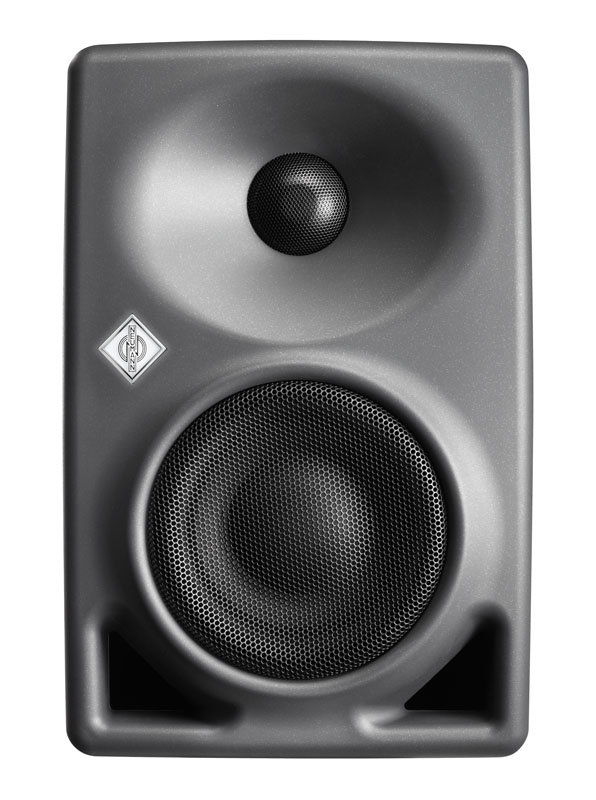The balloon plots can be easily misinterpreted. The shape of the plot is derived from the SPL. It is usually not indicative of the direction of the lobes. The balloon can only show the lobes correctly when its coincide with the acoustic center. The r value of the balloon is scaled directly to the SPL. You can tell that from the color shading. The color shading and the r value both represent the same values.
Here are a few pictures of my simulations of a crude approximation of a 1" diameter tweeter. The 2 pictures below show the balloon center coincides with the acoustic center.


The 2 picture show a vertical offset of 10 cm of the acoustic center relative to the balloon center. You can see that the balloon tilted upwards because of the offset but that does not reflect the direction of the lobe (which is unchanged).


The 2 picture show a vertical offset of 10 cm and a lateral offset of 2 cm of the acoustic center relative to the balloon center. Now, there are other features showing up in the balloon too.


You can see that relatively "innocent" offsets of the balloon origin can cause pretty large changes in the look of the balloon which can be misleading.
Here are a few pictures of my simulations of a crude approximation of a 1" diameter tweeter. The 2 pictures below show the balloon center coincides with the acoustic center.
The 2 picture show a vertical offset of 10 cm of the acoustic center relative to the balloon center. You can see that the balloon tilted upwards because of the offset but that does not reflect the direction of the lobe (which is unchanged).
The 2 picture show a vertical offset of 10 cm and a lateral offset of 2 cm of the acoustic center relative to the balloon center. Now, there are other features showing up in the balloon too.
You can see that relatively "innocent" offsets of the balloon origin can cause pretty large changes in the look of the balloon which can be misleading.

